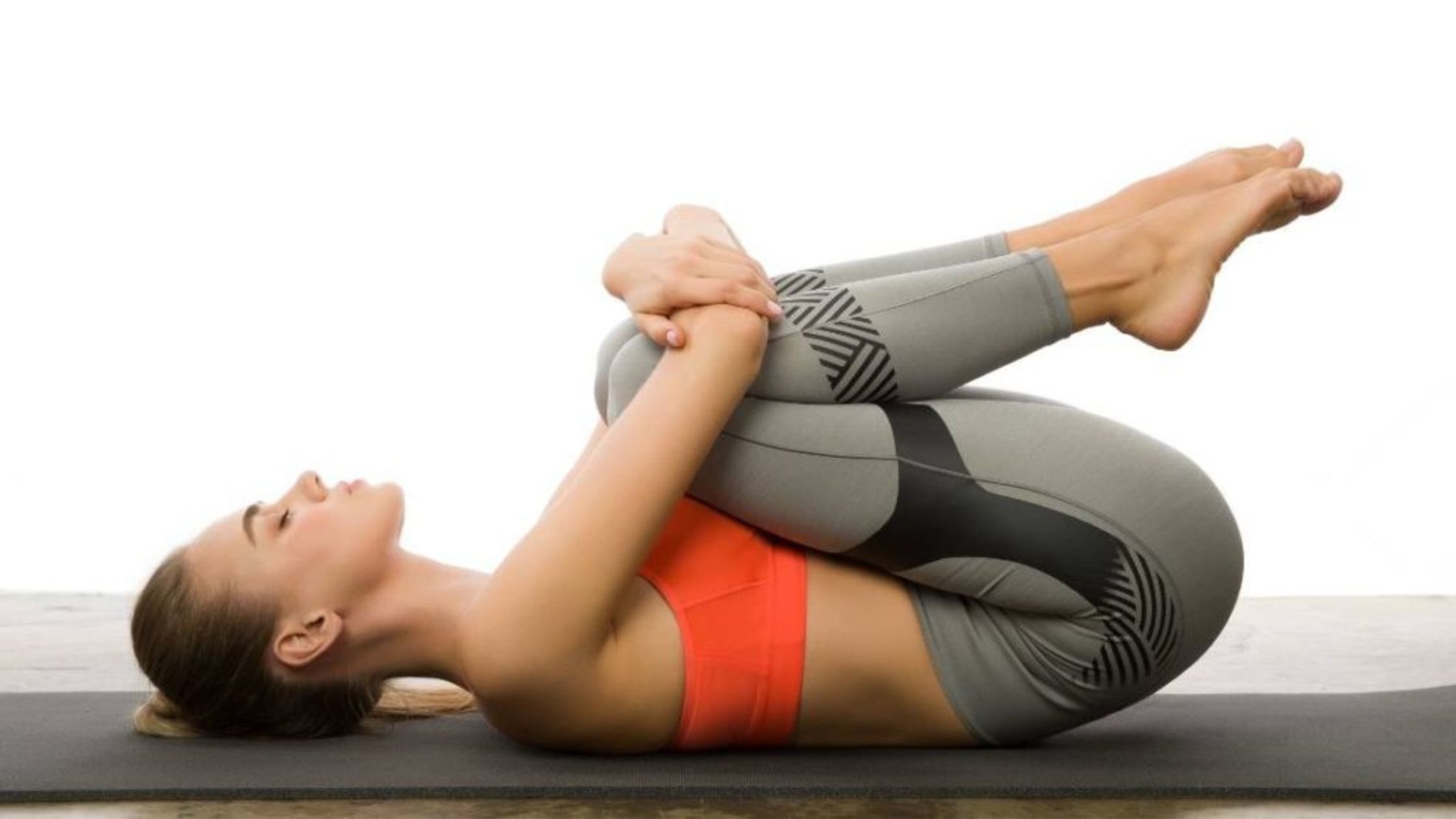
Apana is a Sanskrit word that refers to one of the five Pranic energies or vital energies in the body, which flow in specific directions. Apana is associated with the downward flow of energy and governs the processes of elimination and release.
The asana known as Apanasana is a gentle, restorative pose that is often used in yoga to stimulate the downward flow of energy and promote a sense of calm and relaxation. The exact origin of this pose is unclear, but it has been a part of the traditional practice of yoga for many centuries and is commonly found in modern yoga classes and programs.
Apan Vayu
Apan Vayu is one of the five vayus in Hinduism, which refers to the five fundamental winds or energies that govern the body and mind. It is the vayu that governs the downward flow of energy in the body, which is associated with elimination and excretion.
The concept of vayus originates from the ancient Indian scriptures and has been described in Ayurveda, the oldest medical system in the world. Each vayu has a specific function and location in the body, and an imbalance in any of the vayus can lead to physical and mental disorders.
Apan Vayu is responsible for the downward movement of energy, and it governs the functions of the lower abdomen, hips, and large intestine. It is also responsible for the elimination of waste from the body, including feces, urine, and menstrual discharge. This vayu is said to be associated with the water element, and it helps to regulate the fluid balance in the body.
An imbalance in Apan Vayu can lead to various health issues such as constipation, indigestion, gas, bloating, and irregular menstrual cycles. A strong Apan Vayu helps to maintain good digestion and elimination, and it also promotes mental calmness and emotional stability.
Yoga and pranayama practices can help to balance Apan Vayu. Poses such as the forward bend, seated twist, and seated forward bend helps to stimulate the downward flow of energy and promote the function of the lower abdomen. Pranayama techniques such as Kapalbhati and Nauli can also help to strengthen Apan Vayu and promote elimination.
In addition to physical practices, lifestyle changes can also help to balance Apan Vayu. Eating a balanced diet with plenty of fiber and drinking plenty of water can help to promote good digestion and elimination. Avoiding foods that are heavy, greasy, or difficult to digest can also help to keep Apan Vayu in balance.
Table of Contents
How to do Apanasana (Knees To Chest Pose)?
This posture helps to relax and stretch the lower back, hips, and knees. To do this pose:
- Lie down on your back with your knees bent and your feet flat on the floor.
- Bring your knees up towards your chest, holding onto your shins or the backs of your thighs.
- Keep your back and head relaxed on the floor and hold the pose for 20-30 seconds, breathing deeply.
- Release the pose by gently lowering your knees to the starting position.
Repeat the pose 2-3 times for best results.
Variation of Apanasana (Knees To Chest Pose)
One variation of Apanasana (Wind Relieving Pose) is the Knees-to-Chest Pose, also known as Apeksha Nakshatra Asana, which is performed by lying on the back and bringing both knees towards the chest while keeping the arms around the knees.
Precautions of Apanasana (Knees to Chest Pose)
The precautions for Apanasana (Knees-to-Chest Pose) include:
- Avoid practicing this pose if you have a recent or chronic injury to your back or knees.
- People with lower back pain or sciatica should be cautious when performing this pose and should seek the advice of a medical professional before beginning.
- Pregnant women should also avoid this pose or modify it with the support of a blanket or cushion under the lower back.
- People with digestive disorders should avoid this pose or perform it gently and only for a short duration.
- It is important to avoid over-stretching or straining in this pose, and to listen to your body and only go as far as feels comfortable.
Remember to breathe deeply and relax fully into the pose, allowing the gentle stretch to release tension in the lower back and hips.
Benefits of Apanasana (Knees to Chest Pose)?
Apanasana, offers several benefits, including:
- Relieves digestive discomfort: This pose can help to massage the digestive organs and relieve discomfort and bloating.
- Reduces stress and anxiety: The pose helps to calm the mind and reduce stress and anxiety.
- Promotes relaxation: Apanasana helps to stretch the muscles in the lower back and hips, promoting relaxation and reducing tension.
- Improves breathing: The stretching and twisting of the spine can help to improve breathing by expanding the chest and lungs.
- Supports the immune system: The twisting and compressing of the abdominal organs in Apanasana helps to stimulate the immune system and promote overall health.
Asana similar to Apanasana
Some similar yoga asanas to Apanasana include:
- Child’s Pose (Balasana)
- Reclined Butterfly Pose (Supta Baddha Konasana)
- Pigeon Pose (Eka Pada Rajakapotasana)
- Happy Baby Pose (Ananda Balasana)
- Sphinx Pose (Salamba Bhujangasana)
These poses have similar benefits to Apanasana, such as stretching the hips and lower back, promoting relaxation and calming the mind, and stimulating the downward flow of energy in the body.
Get in Touch
- +91-8171563333
- vi***************@gm***.com
- https://www.vinyasayogaashram.com/
Village Ghughtayni Talli, Ward No-5, off Badrinath Road, Upper Tapovan, Rishikesh, Uttarakhand 249137

